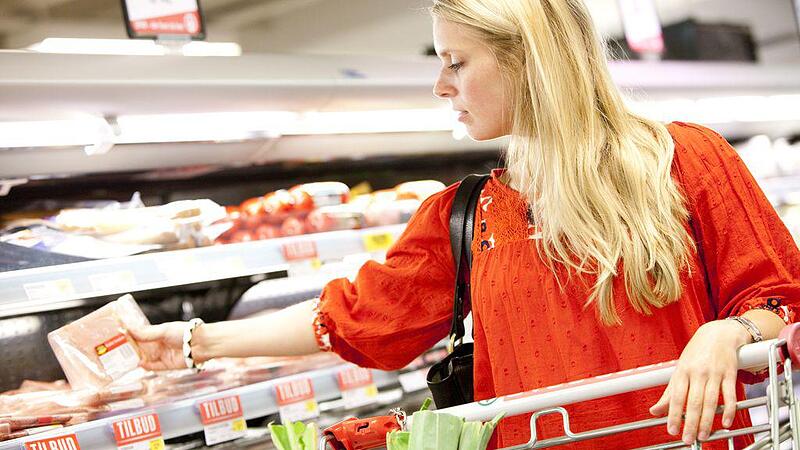Image: colourbox.de
In the first three months of the year, the purchasing volume was two percent below the values at the beginning of 2019, i.e. before the corona crisis. At the same time, consumers are increasingly buying promotional goods and going to discount stores more often, according to the RollAMA data from the first quarter of 2023.
Despite greater use of promotions, the “RollAMA shopping basket” is on average 16.6 percent more expensive than a year ago – with an inflation rate (CPI) of around 9 percent. Since households have reduced their purchases by 5 percent year-on-year, their spending on groceries has “only” increased by 11 percent. Almost a third of the purchase expenditure flows into the coffers of the discounters.
Discounts are becoming more and more important – half of the meat is purchased at a discount, sausage a third. “In view of these developments, debates about more animal welfare will probably continue for a long time. Because with such price sensitivity and sold below their value, animal welfare products will find it difficult to assert themselves on the market,” says the RollAMA statement.
This vote is disabled
Please activate the category targeting cookies in your cookie settings to view this item. My cookie settings
Organic share not decreased
The strong price increases for dairy products caused sales of yoghurt to collapse by seven percent. But cheese and butter stayed in the shopping carts of Mr. and Mrs. Austria. Vegetable purchases fell by 8.5 percent, mainly because fruit vegetables such as tomatoes and peppers collapsed by 17 percent. On the other hand, the crisis has not led to a decline in the proportion of organic purchases. 11.9 percent organic is the second highest value after the first quarter of 2022. One contributing factor is that the price difference between organic and conventional food has shrunk in most categories. Since 2019, the organic share of domestic food purchases has increased slightly, with fluctuations.
The basis for the RollAMA (rolling agricultural market analysis) are records of 2,800 households about their food purchases. Meat and poultry, sausage, milk and milk products, cheese, fruit, vegetables, eggs, potatoes, frozen products, ready meals are recorded, but not bread and pastries.
Source: Nachrichten




